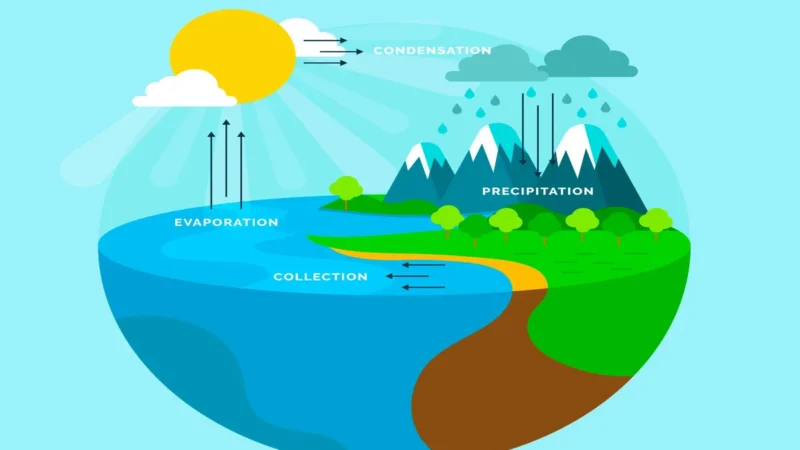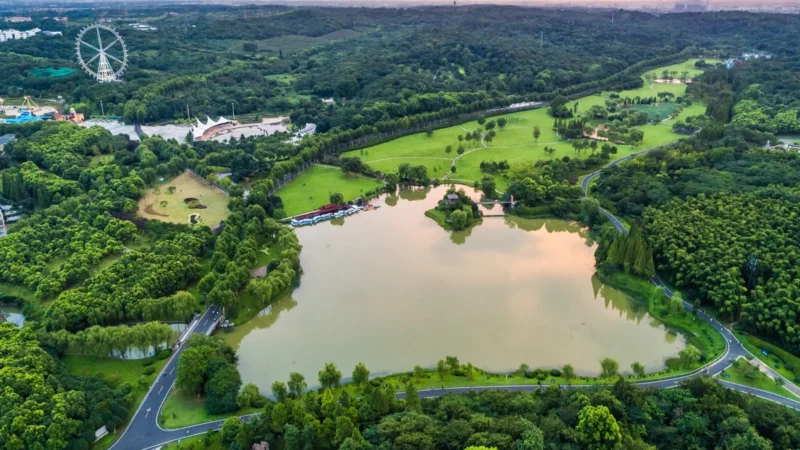Biodiversity: The Positive Impact and Drawbacks of the Green Revolution

The Green Revolution, a period of significant agricultural advancements that began in the mid-20th century, is often credited with saving millions from hunger and increasing food production. However, as we delve deeper into its consequences, it becomes clear that this revolution had both positive and negative impacts on biodiversity. In this article, we will explore the positive aspects and drawbacks of the Green Revolution on global biodiversity.
The Green Revolution:
Before delving into its impact on biodiversity, let’s understand what the Green Revolution was. The Green Revolution was a series of agricultural initiatives, innovations, and technologies introduced between the 1940s and 1960s, primarily in developing countries. It aimed to increase agricultural productivity and food production through the use of high-yielding crop varieties, synthetic fertilizers, pesticides, and improved irrigation systems.
Positive Impact on Biodiversity
1. Increased Crop Yields
One of the most significant positive impacts of the Green Revolution was the substantial increase in crop yields. High-yielding crop varieties, such as dwarf wheat and rice, played a crucial role in boosting agricultural productivity. This increase in yields helped meet the growing food demand without the need for extensive land conversion.
2. Habitat Preservation
By intensifying agricultural production on existing farmland, the Green Revolution helped prevent the conversion of natural habitats into agricultural fields. This spared many ecosystems and their associated biodiversity from being lost to agriculture, preserving valuable wildlife habitats.
3. Reduced Pressure on Forests
Higher crop yields meant reduced reliance on clearing forests for agricultural expansion. This reduction in deforestation had a positive impact on biodiversity by safeguarding the habitats of countless species and reducing greenhouse gas emissions associated with forest destruction.
Drawbacks on Biodiversity
1. Loss of Crop Diversity
While the Green Revolution promoted high-yielding crop varieties, it often did so at the expense of traditional and local crop diversity. As farmers shifted to a smaller set of high-yielding varieties, many indigenous crop varieties were neglected and even pushed to the brink of extinction, leading to a loss of genetic diversity in agriculture.
2. Increased Use of Chemicals
The Green Revolution relied heavily on synthetic fertilizers and pesticides to maximize yields. Unfortunately, the excessive use of these chemicals had detrimental effects on soil health and aquatic ecosystems. Pesticides, in particular, posed a significant threat to non-target species, including beneficial insects and birds.
3. Water Depletion
Improved irrigation systems were a hallmark of the Green Revolution, enabling increased agricultural production. However, excessive water use for irrigation in some regions led to the depletion of aquifers and negatively impacted wetland ecosystems. This, in turn, affected the biodiversity dependent on these habitats.
The Green Revolution had a complex relationship with biodiversity. While it contributed to increased agricultural productivity and helped preserve natural habitats, it also had adverse effects, including the loss of crop diversity, environmental pollution, and the overuse of water resources. As we move forward, it is essential to consider both the positive and negative lessons from the Green Revolution to develop sustainable agricultural practices that nourish both people and the planet while safeguarding biodiversity for future generations. Balancing the need for food security with the protection of biodiversity remains a critical challenge in the 21st century.
FAQs
1. What is climate change?
Climate change refers to long-term shifts in global or regional climate patterns. It includes phenomena such as rising temperatures, altered weather patterns, and increased frequency of extreme weather events, primarily driven by human activities like the burning of fossil fuels and deforestation.
2. How does vaccination work?
Vaccination, also known as immunization, works by introducing a weakened or inactivated form of a pathogen (like a virus or bacteria) into the body. This triggers the immune system to produce antibodies, providing immunity against future infections by the same pathogen.
3. What is artificial intelligence (AI)?
Artificial intelligence refers to the simulation of human intelligence in machines or computer systems. It involves tasks like problem-solving, learning, reasoning, and decision-making. AI is used in various applications, including self-driving cars, virtual assistants, and data analysis.
4. How does the stock market work?
The stock market is a platform where investors buy and sell shares (equity) of publicly traded companies. Prices of stocks are influenced by supply and demand, economic conditions, company performance, and investor sentiment. Investors can profit from stock ownership through capital appreciation and dividends.
5. What are renewable energy sources?
Renewable energy sources are energy derived from natural resources that can be naturally replenished over time. Examples include solar power, wind energy, hydropower, geothermal energy, and biomass. Unlike fossil fuels, these sources have lower environmental impacts and are considered sustainable for the long term.


